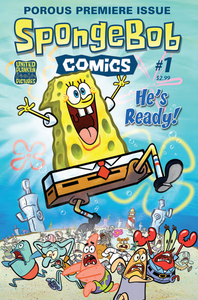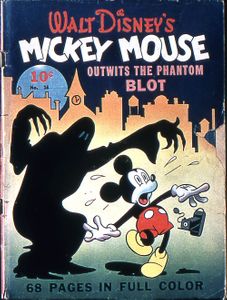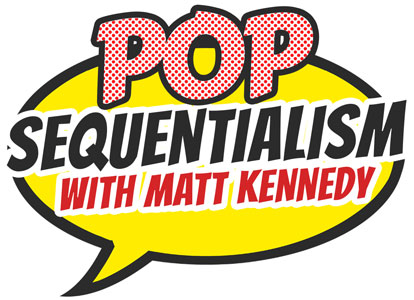
14 Feb Is Millennial Nostalgia a Foolproof Investment Strategy?
Millennials are defined as the generation born between 1981 – 1996. Like all consumers between the ages of 26 and 41, they are poised to have a massive impact on the collectibles market. And like every generation, they seek touchstones of their childhood and are willing to pay a premium for them.
It’s Cyclical

Fortune 500 companies have even developed software (along the lines of the Internet of Things) to predict these recurrent waves of commercial buying habits –with a high degree of accuracy. Additionally, innumerable peer-reviewed studies have established the impact of moon phases on human behavior. ‘As comic collectors and investors, we should be paying attention to things that happened 17 to 21 years ago as a predictor of what is to come.
By 2003, SpongeBob SquarePants had already become a massive hit for Nickelodeon, but it would be another eight years before the animated aquatic sensation would get his own comic. That may be the only reason that SpongeBob Comics #1 isn’t ridiculously expensive.
We Were All Kids Once

The buyers of this series were likely the parents of those kids looking to abate the attention deficit of their younger children who –in 2011– were born into a world that always known SpongeBob, Patrick, and Squidward. It’s an easy argument to make that it is those kids that will be willing to trade a year’s worth of college tuition for these comics someday (in the year 2030 by Metonic predictions), but these comics are also a commodity of nostalgia for a prior era.
If we adjust for the show’s target demographic (ages of 2 –11), the corresponding ages for kids who caught the series debut back in 1999 are now 25 -36. Financial independence doesn’t generally begin until age 28, which is still at the front of the Metonic range for the first wave of SpongeBob fandom.
Add to this equation what happens to comics in the hands of toddlers and it becomes clear that high-grade copies of SpongeBob Comics have become exceptionally rare by relativity and generality.
Why SpongeBob?

The first appearance of Mickey Mouse in Dell’s Four Color #16 will set you back $20K raw for Fine copy, and a 9.2 sold in November 2020 for $78K. While this may seem like an apples-to-oranges comparison, it’s worth considering that the average circulation for a Dell comic in 1940 was about 400,000 and the circulation qty for SpongeBob Comics #1 was 11,819, and for SpongeBob Comics #2 (with a bitchin’ Big Daddy Roth Tribute cover), circulation went down to 8,930. The posted publication qty for Spongebob Comics #29 (a fabulous EC Comics Tribute with stories written by Constantine co-creator, Stephen Bissette) is only 6,377, establishing a law of diminishing returns that categorizes latter issues as legitimately scarce.
For collectors not motivated solely by scarcity, there are some incredibly imaginative tribute covers throughout the SpongeBob Comics series featuring stellar work by Jacob Chabot and guest artists like Bill Sienkiewicz, and Caleb Meurer.
What do you think? What are some of your favorite, overlooked millennial touchstones? Comment below!
Want more spec?
-
IS IT TIME TO RE-INVEST IN ETERNALS?
-
IS DEATH THE NEW BREAKOUT STAR?
-
ARE MANGA REPRINTS THE NEW HOT SPEC?
*None of the content of this article is intended as investment advise.
This is just the opinion of the columnist – Do your own research!

No Comments